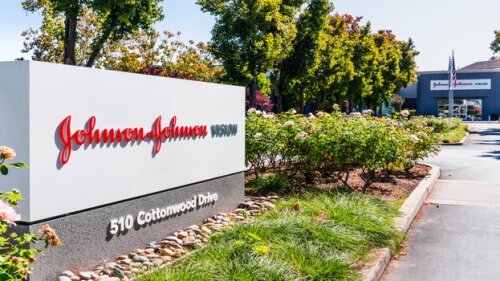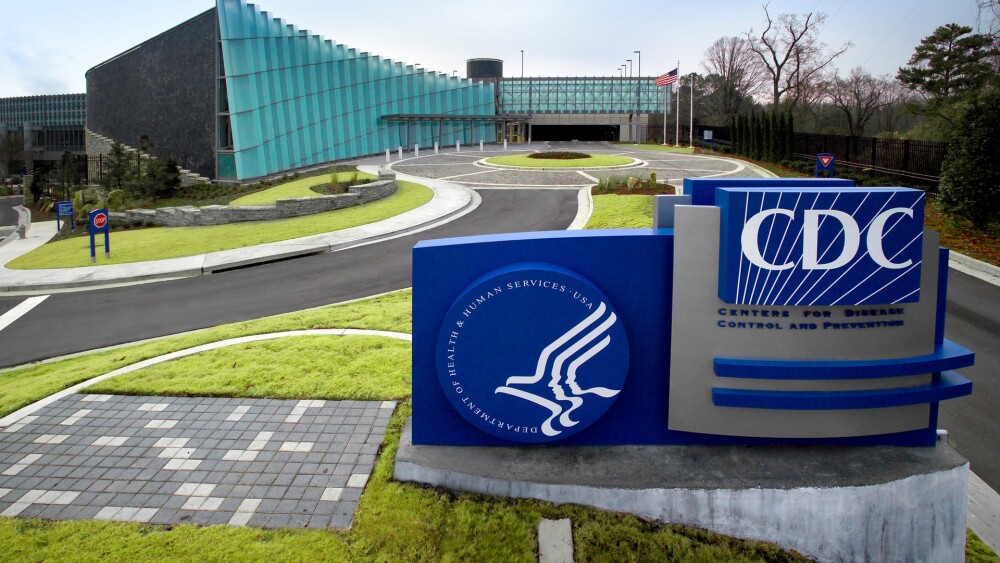News
The Phase III results impressed Guggenheim Partners analysts both in terms of efficacy and safety. If approved, atacicept would become the first APRIL/BAFF inhibitor for IgAN to make it to the market.
FEATURED STORIES
With AbbVie’s $1.2 billion acquisition of Gilgamesh Pharmaceuticals’ lead depression drug, the psychedelic therapeutics space has soundly rebounded from Lykos’ rejection last year. There are now seven programs in Phase III trials across the sector, with multiple companies vying for that first approval.
A decade-long journey has come to an end for Stealth BioTherapeutics and the Barth syndrome community with the first-ever treatment for this uncommon mitochondrial disease. CEO Reenie McCarthy called it a “pivotal victory” that “offers hope for expedited regulatory attention to other ultra-rare diseases.”
After a tension-packed two days that saw recommended changes to the MMRV vaccine schedule and COVID-19 vaccine access, as well as a delayed hepatitis B vaccine vote, policy experts expressed concern with the reconstituted committee’s dearth of previous experience and understanding of their role.
Job Trends
The Thermo Scientific™ Stellar™ mass spectrometer combines speed and sensitivity to advance precision medicine.
FROM OUR EDITORS
Read our takes on the biggest stories happening in the industry.
With five CDER leaders in one year and regulatory proposals coming “by fiat,” the FDA is only making it more difficult to bring therapies to patients.
THE LATEST
This represents Alector’s second failed neurodegenerative asset in a year, after an AbbVie-partnered asset missed in Alzheimer’s last November. On latozinemab for frontotemporal dementia, Alector was working with GSK, which fronted $700 million in 2021 to collaborate on two programs.
M&A is back, the S&P XBI is rising again, a biotech pulled off an IPO and positive data is pulling in investors again. This may just be the industry’s new normal.
Novo Nordisk’s leadership gets another shake-up as President Trump promises to significantly slash prices for its GLP-1 drugs; Summit/Akeso, Exelixis and more present new data at ESMO 2025; Replimune pops as FDA accepts resubmitted BLA; FDA names first winners of Commissioner’s National Priority Voucher program; and more.
Employees rarely leave companies for one reason alone. In this column, Kaye/Bassman’s Michael Pietrack shares a framework that helps leaders identify when their team members are thinking about heading for the exit—and how to address it.
AI is changing the nature of leadership in biopharma. Here’s how executives can not only adapt, but lead the way.
The company cut back in areas while investing in internal and external opportunities to offset the loss of exclusivity on a product that until recently accounted for 20% of innovative medicine sales.
The company is dropping its social anxiety disorder program but will still test the molecule in post-traumatic stress disorder.
The company’s technology, a modified herpes simplex virus used to deliver gene therapies, was given the FDA’s new designation based on its approved topical skin cream. What this will mean for Krystal’s still-in-development eye drop is unclear.
In this episode presented by Element Materials Technology, guests Dr. Jihye Jang-Lee and Dr. Khanh Courtney will explore how healthcare and pharmaceutical players are rethinking their strategies amid global supply chain disruption.
Galapagos at the start of the year had planned to split into two businesses, with one resulting entity focused on cell therapies. The biotech nixed these plans a few months later, instead choosing to put up for sale multiple cell therapy assets.

















